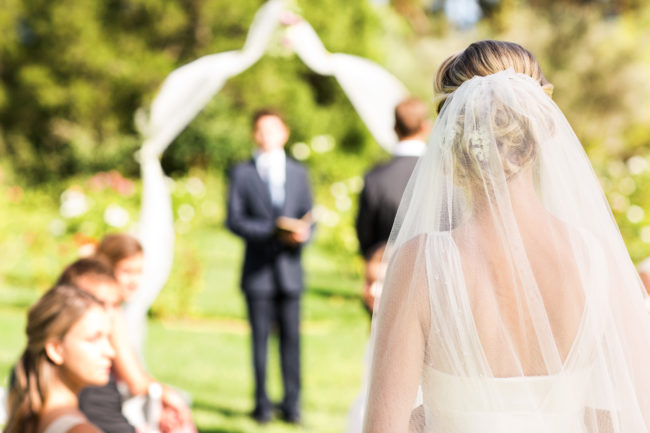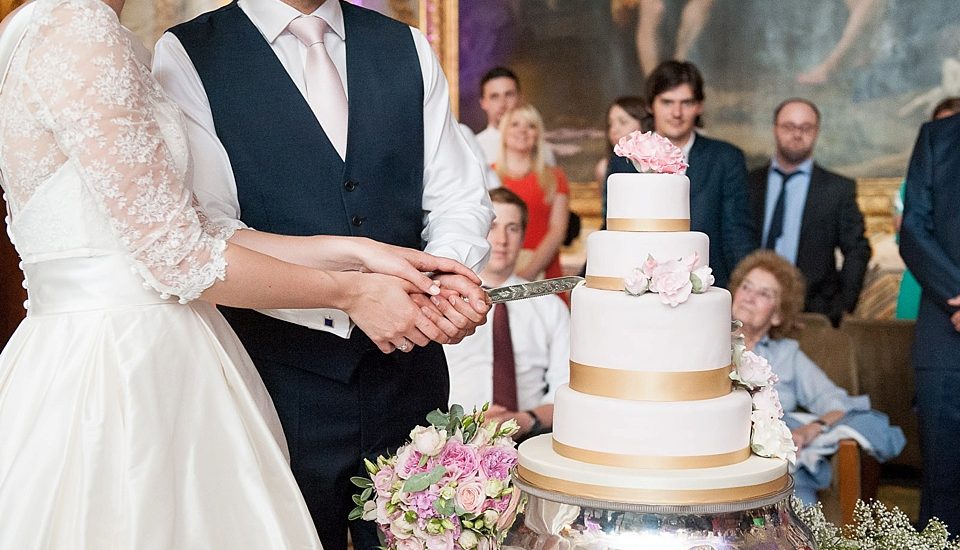Bridal Traditions to Consider for Your Wedding Day

Weddings have been around for a very long time since people have made a serious decision to make this day special. One of the main bridal traditions with wedding rings has been around in one guise or another since the Egyptians thousands of years ago, although the material used has changed a lot. First made from reeds and rushes, it was in Roman times that Iron was used to manufacture them. In the mid-1800’s, gold became more widely available and rings became the ones we use today.
There was a common belief that people have a vein that connects the fourth finger on our left hand with the heart. This is the reason this finger is the one to wear the ring on. There are also other theories about why the finger was chosen. Being a relatively unused finger and the fact that most of the world’s population are right-handed, it would not get easily damaged due to use. However, a lot of different countries do not use this bridal tradition. They use the right hand with the ring using the same finger location and sometimes the index or middle fingers. We prefer the older tradition of the fourth finger of the left hand.
The design is also significant. It is not just to fit the finger, the circle that makes up the band is said to represent the eternal love that is never-ending. While the hole in the middle is a gate or threshold that can be filled with new possibilities and adventures during your life together.
The Wedding Cake

As with all parts of a wedding day, the wedding cake has some bridal traditions too. There was a time when the groom played no part in cutting the cake at all. The bride cut through it on her own. He had his own smaller but richer cake. This was given out as gifts after the wedding.
The tiers on a cake were first done in medieval times. The idea was that the cake should be really high. If the newlyweds could kiss over it, they would live a long and happily married life together with good fortune. The very top tier on the cake is also traditionally not eaten during the reception. It is saved, somewhere dry, and used at the christening of the couples first child.
The Wedding Dress
To most of us, the dress and accompanying accessories are the most important part of the wedding ceremony. It is also what comes with the most wedding traditions. Before Queen Victoria, getting married was a lot easier. Ladies would put on their finest frock and down the aisle they would go. The Queen wore a white dress when she married Prince Albert and the rest they say, is history.
Something new, borrowed, old, and blue are staple things that brides traditionally have on their special day. These used to be all given separately, whereas now we have become craftier about it. You can have borrowed something blue that is also old, usually, for weddings, this is a garter. As long as it ticks all the boxes we are happy and the other tradition of having a sixpence piece in your shoe to keep away evil suitors and bring prosperity is rarely used. That is too uncomfortable with what is already a long day.
The veil that accompanies the dress is a bridal tradition that stretches back long before the white dresses made an appearance. Ancient Romans, as well as Greeks, thought that by wearing a veil it would keep evil spirits away and protect them for the devil. Other religions use them as mystique. In arranged marriages, the brides face is kept hidden by the veil until after they are married.
For Luck
Luck, wishes, and various rituals used to detect both good and bad omens are a big part of bridal traditions. Most things are done to keep away the bad luck and to ensure good luck for the duration of the marriage.
Not seeing the bride before the ceremony is a very common tradition. It is considered bad luck to see your bride before she gets to the altar on the day of the ceremony. It is something that is practiced today, with the bride and groom generally staying at their parents or friends houses the night before the wedding.
A groom carrying his new, blushing bride over the threshold of their home is also considered to be good luck. In past times it was thought it protected her from evil spirits and made her new husband her protector. These days when he carries the bride, we just see it as a sign of good luck and tradition.
Carrying on the Traditions
When wedding traditions started, they were done for a specific purpose. The best man, for example, was chosen to be strong and a good fighter. He was there to stop the bride running away and used for battling away other potential suitors to her at the altar with his sword. Luckily for men now, their main job is to look after the very precious wedding rings for the happy couple and give a great speech.
Traditions at weddings, however unneeded they may seem now, are a lovely thing to have. They add to the excitement and enjoyment of your big day, while still paying homage to our ancestors from times long past. Every religion, country, and culture have their own traditions when it comes to their big day. Greek brides have a lump of sugar in their glove to make the marriage sweeter, Egyptians pinch their brides and people in the Czech Republic throw peas over the happy couple. Whichever bridal traditions you choose to keep for your wedding day, enjoy them, especially now you know where they originated from.